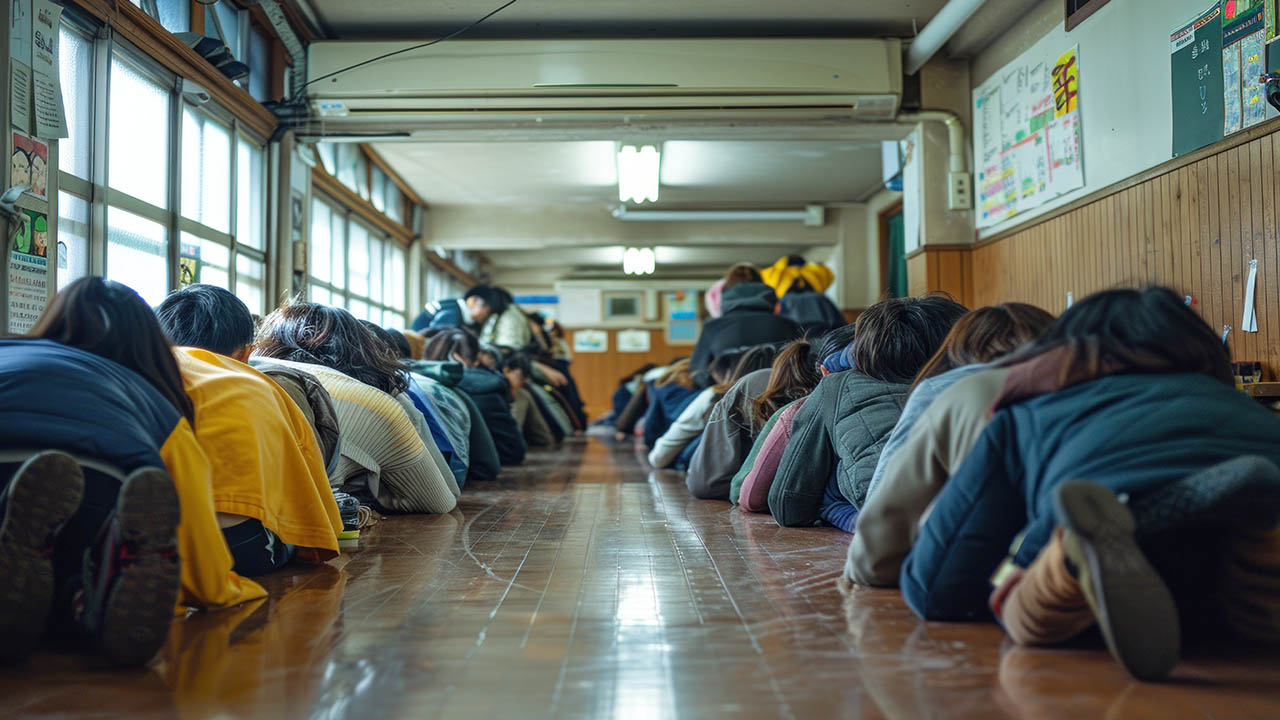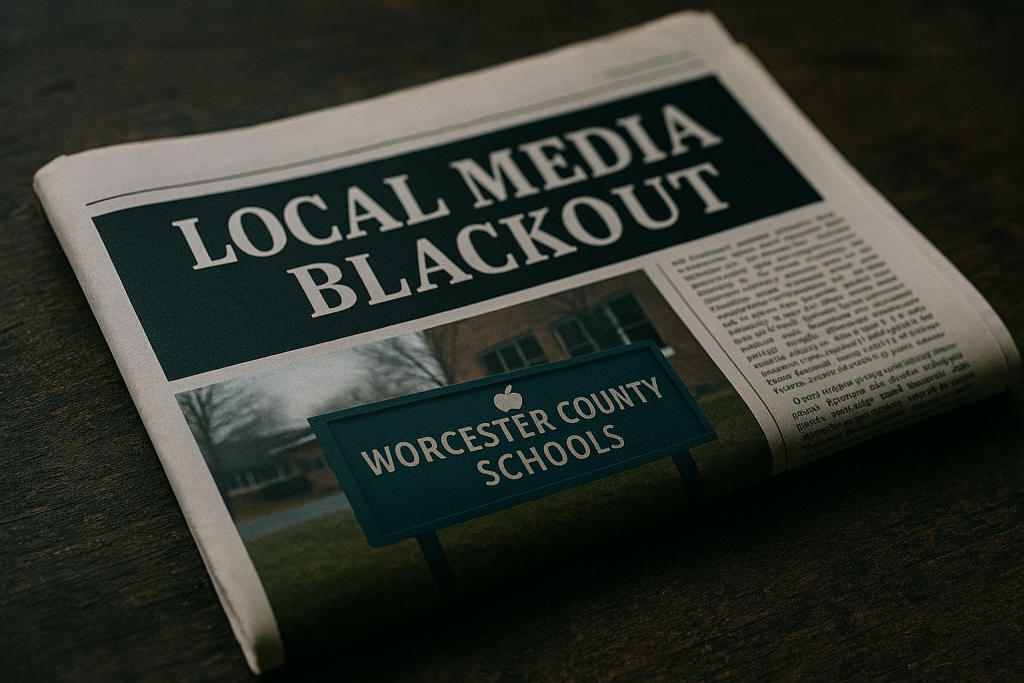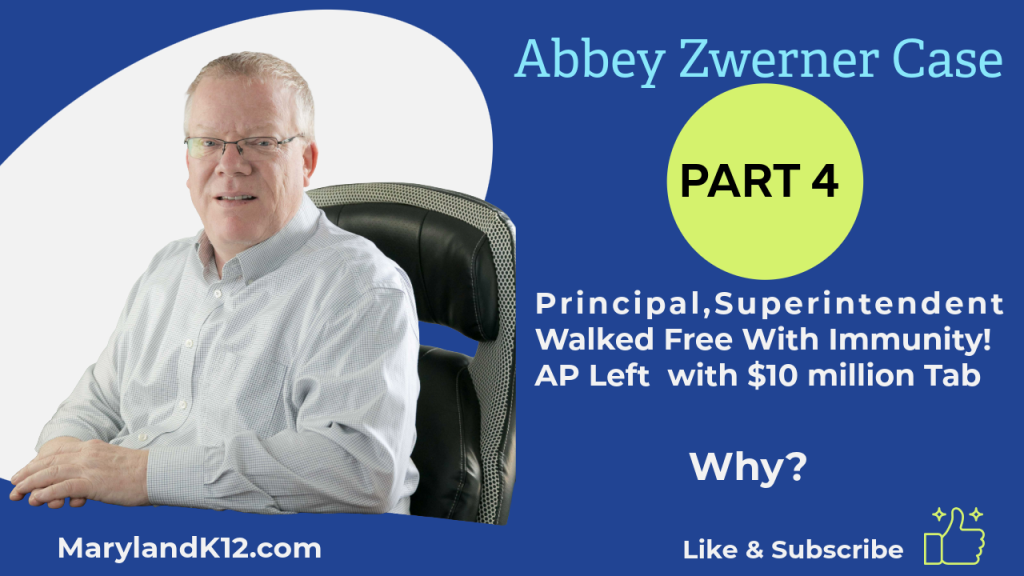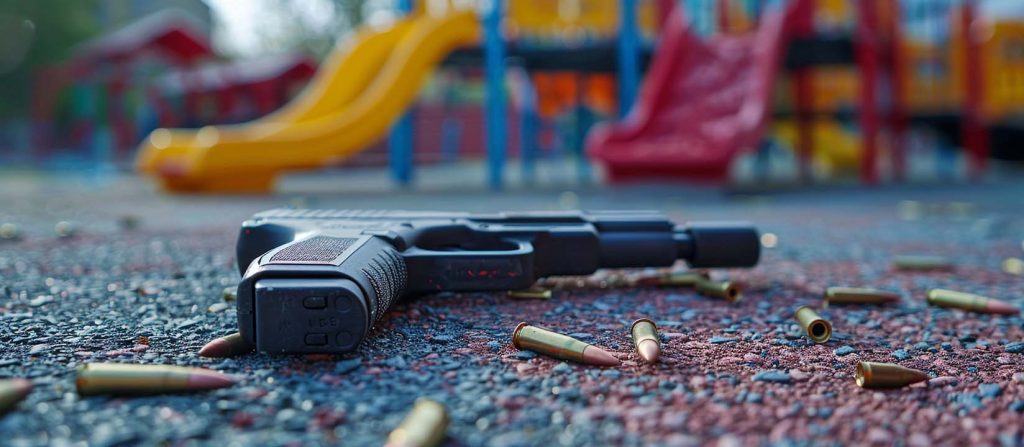

New Guidelines Aim to Make Active Shooter Drills Safer and Less Traumatic for Students
Making Active Shooter Drills Safer and More Effective in Schools
In recent years, active shooter drills have become routine in American schools, designed to prepare students and staff for potential emergencies. However, the way these drills are conducted has raised concerns about their effects on student well-being. In some cases, realistic simulations—complete with loud noises and role-playing—can be frightening, especially for younger students or those with past trauma. This has led many parents, educators, and experts to advocate for guidelines that make drills safer, less distressing, and more age-appropriate.
Parental Concerns on School Safety Drills
Parents, especially those new to the American school system, often find the unannounced nature of these drills troubling. For example, a parent recently shared their experience of seeing their young child frightened and confused by a drill they thought was a real emergency. In response, some schools have implemented policies to notify parents beforehand, allowing them to prepare their children or even opt out if they feel the drill might be too overwhelming. Such changes reflect an increased awareness of the mental health implications of lockdown drills and the importance of communication with families.
Federal Action for Safer Drills
In response to growing concerns, the federal government has launched a multi-agency initiative to establish guidelines that address the emotional and psychological impact of active shooter drills on students. The goal is to create research-based practices that ensure safety while also minimizing potential trauma. This collaborative effort acknowledges the voices of students, parents, and educators, aiming to set a national standard that schools can adopt to make their emergency preparedness plans more student-centered.
Contributions from Key Organizations
Two organizations, the National Association of School Psychologists (NASP) and the National Association of School Resource Officers (NASRO), have already spent years researching and developing best practices for school safety. Both groups are now working alongside federal agencies to create guidelines that prioritize student well-being during these exercises. They bring valuable insights from their experience working directly with schools and law enforcement to ensure that safety measures are developmentally appropriate, effective, and less likely to cause distress.
Recommended Practices for Age-Appropriate Drills
The guidelines being developed by NASP, NASRO, and other stakeholders emphasize several practices designed to make active shooter drills more effective and less traumatic:
- Limit Realistic Simulations: Instead of intense, full-scale simulations, schools are encouraged to use discussion-based exercises or walkthroughs. This approach allows students to understand the procedure calmly without being exposed to simulated violence or chaos.
- Inform Students Ahead of Drills: Providing students with clear information about what will happen during a drill can help reduce fear and confusion, making the experience less jarring.
- Consider Special Populations: The guidelines highlight the importance of tailoring drills to accommodate students with disabilities or those who may be particularly sensitive due to past traumas. This ensures that all students feel safe and supported.
The Research on Drill Impact
Research findings on the psychological impact of active shooter drills are mixed. On the one hand, studies show that drills can increase students’ feelings of preparedness and reduce their fear of harm, helping them feel more capable of responding in a crisis. One study found that nearly 87% of junior high and high school students felt better prepared after discussion-based training. On the other hand, research also shows that drills, especially if conducted as high-stress simulations, can increase anxiety and stress in students. A study analyzing social media posts found a significant rise in anxiety- and depression-related language following active shooter drills.
Adapting Drills for Special Populations
One key component of the guidelines is an emphasis on inclusivity. Schools are encouraged to consider the needs of students with physical, emotional, or cognitive disabilities when planning drills. Children who have experienced past traumas are particularly vulnerable to the distress drills can cause, making it essential that schools adopt approaches that minimize harm while still preparing students.
The Flexibility of Compliance
It’s important to note that these federal guidelines are not mandates; they are recommendations intended to assist schools in reducing trauma while enhancing emergency preparedness. Ultimately, local leaders and school administrators will decide whether to adopt these practices and to what extent. However, the federal initiative provides a solid foundation for schools looking to create a safer and more supportive environment.
Looking Ahead
Active shooter drills will likely remain part of school safety plans for the foreseeable future, but the approach is evolving. By adopting practices that are trauma-informed, age-appropriate, and inclusive, schools can prepare students for emergencies without compromising their mental well-being. These evolving guidelines and the research behind them reflect an ongoing commitment to balancing safety with compassion, ensuring that students are not only prepared but also protected from unnecessary harm.
Dig Deeper With Our Longreads
Newsletter Sign up to get our best longform features, investigations, and thought-provoking essays, in your inbox every Sunday.
The MEN was founded by John Huber in the fall of 2020. It was founded to provide a platform for expert opinion and commentary on current issues that directly or indirectly affect education. All opinions are valued and accepted providing they are expressed in a professional manner. The Maryland Education Network consists of Blogs, Videos, and other interaction among the K-12 community.











